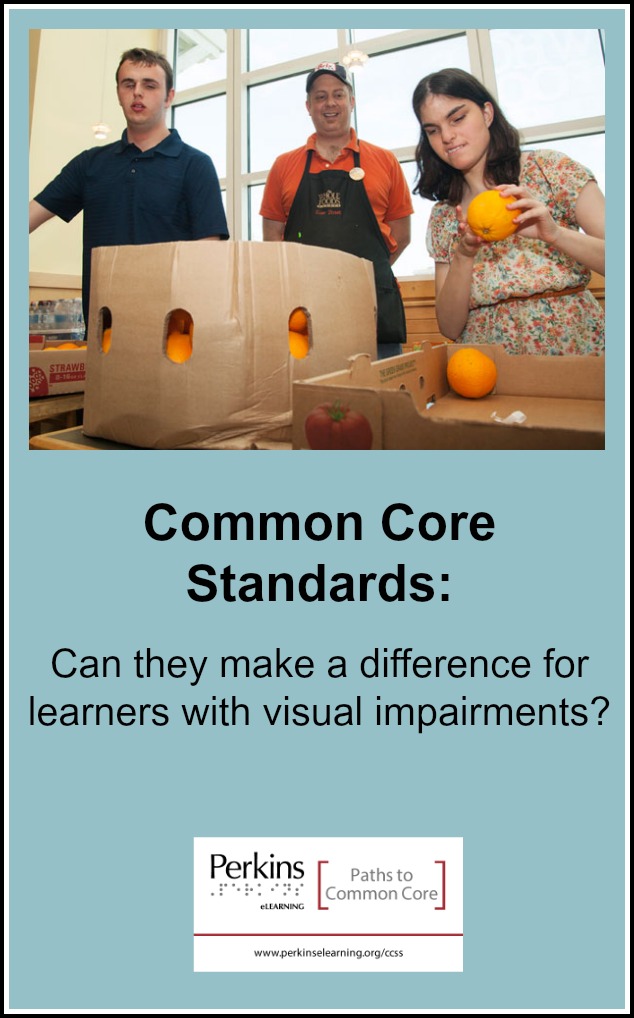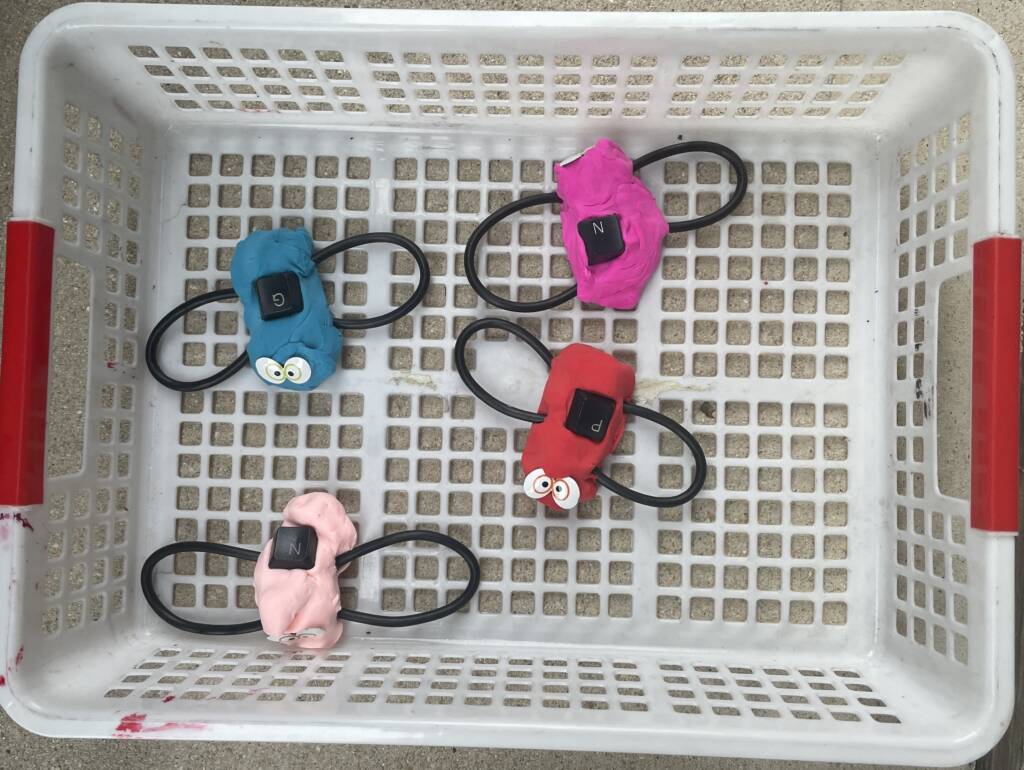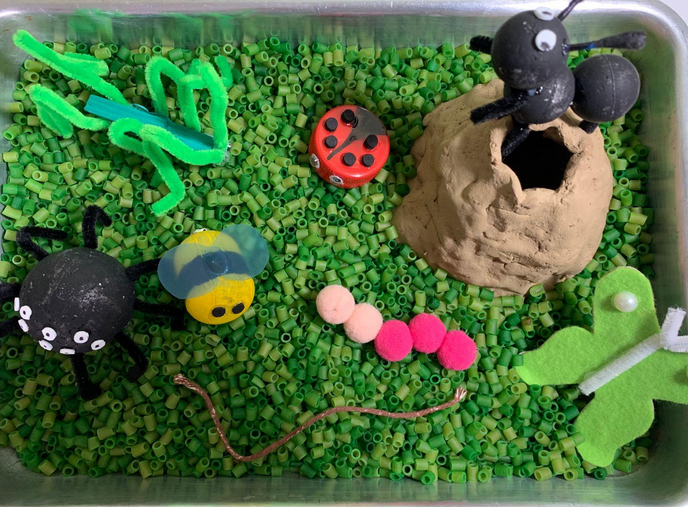From the time children with visual impairments are infants, they grow accustomed to being directed by others: “Pick up the ball!”, “Come over here”, “Give Grandma a hug!” Even as they grow older, their boundaries are often set by the words of parents, teachers, and other well-meaning people who care about their safety and want to ensure success. Clear and specific directions provide structure in a world where some information is not immediately available to a child who cannot see. Statements such as “Take a step and reach for the doorknob” or “Take Jerry’s arm while we walk to the playground” clarify an action but also may lead to the expectation that other people must initiate an activity.
The tendency for others to direct experiences may limit the ability of students with visual impairments to analyze experiences independently. Some students with visual impairments grow up believing that others must construct and organize a question so that they can find the answer. Their ability to solve real problems may be restricted because their educational programs are narrowly focused on reaching specific educational goals. IEPs designate exactly what is to be taught, when and by whom. In some cases this limits the latitude for critical thinking, learning adventures, and even failures that teach young people that they are responsible for their own learning outcomes.
How Does Common Core Promote Problem Solving?
The Common Core Standards can promote independent problem solving through an emphasis on analysis and critical thinking, yet many teachers of visually impaired learners do not view the CCS as relevant to their work. Media coverage about the CCS often suggests that the standards require all students to learn the same things, and professionals in visual impairment may regard their students as exceptions. In reality, however, the CCS encourages analyzing and problem solving through a variety of routes to learning that can lead in the direction of independence. Examples of such routes include group learning, oral communication, organizing information for understanding, interviews, and tiered questioning.
Importance of Providing Opportunities for Problem-Solving
Recently I had the opportunity to observe late elementary and middle school students trying to solve a wide range of pre-algebra problems using a multi-media app that presents anecdotal examples related to endangered animals. This project, called Animal Watch VI Suite, is an IES federally funded research project developed by Dr. Carole Beal of the University of Florida and Dr. L. Penny Rosenblum of the University of Arizona. As a participating researcher, I watched students who helped to field test the materials on an iPad and noted that most of their mathematical errors were not related to their ability to do mathematics. Many students had difficulty selecting relevant information and organizing the solution when they read a real-life story that involved mathematics, a more complex problem than writing the answer to a problem. Opportunities for learning to analyze and identify the problem are as important as finding the right answer.
Long before we began to discuss Common Core Standards, many teachers in visual impairment recognized the importance of teaching problem solving to students with visual impairments, In a 2001 JVIB article, Cathryn Krebs, a teacher of students with visual impairments in Virginia, described how she taught mathematical problem solving to her seventh graders when she realized that they were unable to identify the information that was important for solving a problem, the tools needed, and the relationship to their own lives. Through connecting mathematics to experience, Ms. Krebs was able to help students improve their skills. When they produced a play, they determined the number of tickets needed, how much money would be earned and spent, and how much rehearsal time was needed. She stated “Their problems no longer sounded like the one-step routine ones found in math textbooks.”
It is analytical and reasoning skills, not just the ability to correctly answer a page of math problems, which will support success in adult life. Professionals in visual impairment who were interviewed by Crudden (2012) in a series of focus groups on transition emphasized the importance of problem solving skills in all areas for successful transitions to adulthood. Crudden stated, “The participants agreed that youths must have opportunities to practice skills and learn from both their successes and failures. One person stated that youths who are blind must ‘learn how to handle things when something doesn’t work.’ Whether the problem is academic, social, or personal, students will learn best when they plan the strategy and experience the results. It is vital for teachers of students with visual impairments to be aware of how the CCS is implemented to address these skills throughout the school day.
The potential for promoting independent and critical thinking is the good news about the CCS for teaching students with visual impairments. These skills are needed to move students to a level of higher order thinking rather beyond dependence on step-by-step instructions in academic tasks.
As a professional in visual impairment, how do you promote independent thinking and problem solving…
- Do your students work together with classmates in finding solutions related to their needs as a visually impaired learner during an academic task?
- Do your students participate with you in developing questions about how they can learn better or in planning strategies for mastering a difficult skill?





